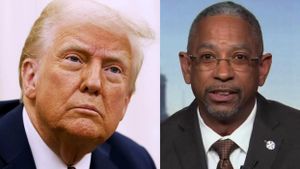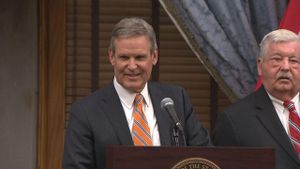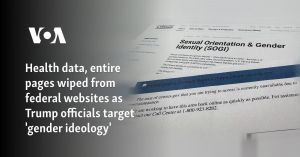Formula One faces a pivotal shift as the International Automobile Federation (FIA) rolls out new guidelines targeting driver misconduct, set to begin from the 2025 season. The streamlined regulations are not merely intended to punish indiscretions; they strive to reshape the ethos within the sport, emphasizing the role model status of drivers.
At the forefront of the dialogue is Alex Wurz, chairman of the F1 Grand Prix Drivers Association (GPDA), who has called for reason and common sense to guide the response to these new measures. Wurz firmly believes every driver aspires to be seen as a role model. "We all know we are role models. Every driver wants to be a good role model. I don’t know anyone...who is a real rebel and wants to go out and swear and shout," he emphasized during discussions with Sky Sports News.
The FIA's new guidelines represent a significant tightening of the screws on driver conduct. Under the new rules, any driver caught swearing on the radio could face punitive measures, and statements perceived to undermine the moral authority of the FIA could lead to serious repercussions. The exact nature of penalties will depend on the severity of the offense, with fines reaching as high as €30,000 for third-time offenders.
Alongside monetary penalties, drastic measures such as one-month suspensions and deductions of championship points may also be imposed for extreme breaches of conduct. This approach marks the FIA's bold initiative to maintain decorum within the sport and to reinforce the principles of good sportsmanship.
Wurz has taken these new guidelines to heart, urging collaboration between the governing body and drivers to navigate this challenging reality. He argued, "It’s best to not swear, but it’s not about not swearing. We have to just hope common sense prevails with all of us...we have to address this together," hinting at the need for a joint effort to uphold the integrity of the sport amid stringent regulations.
This new framework from the FIA has sparked controversy, especially following previous incidents where drivers faced penalties for similar conduct. During the last season, notable incidents included Max Verstappen, who was penalized for swearing on the radio, resulting in community service. Verstappen, reflecting on these regulatory measures, criticized the FIA for not treating drivers with the humanity they deserve.
While the GPDA has yet to issue any formal statement concerning these developments, the discourse can certainly be expected to evolve as 2025 approaches. The association could potentially advocate for adjustments to the guidelines, particularly about the broader spirit of the sport.
The background of driver conduct regulations has been rocky, with drivers expressing concerns and frustrations over how tightly the FIA is trying to control behavior within the sport. Wurz noted the lack of consultation by the FIA during the formulation of these stringent guidelines. "No, there was no consultation. We have read about this through the media," Wurz stated, expressing disappointment over the lack of dialogue.
One thing remains clear: the impending changes aim to draw firm lines and create a more respectful atmosphere during race weekends. The ability of team principals and drivers to navigate these new restrictions will undoubtedly shape public perception as the guidelines take effect.
Each season, the stakes grow higher, and the scope for swords and shields extends beyond the racing tracks. With every broadcast, all eyes are on these elite athletes, and the scrutiny under which they operate continues to thicken. Royal models or not, how the athletes handle this pressure will be key.
The outcome of this initiative largely hinges on the FIA's engagement with drivers and teams and the ability of both parties to communicate effectively. The reputation of Formula One and its international standing could face ramifications dependent on how the atmosphere evolves with these new restrictions.
Common sense, as Wurz highlighted, may very well be the key to maintaining the balance between discipline and authenticity, as drivers strive to perform at their best both on and off the circuit.
With tensions high and emotions raw, the 2025 season looms on the horizon as the test bed for whether these ambitious measures will succeed or falter amid the unpredictable world of motorsport.



